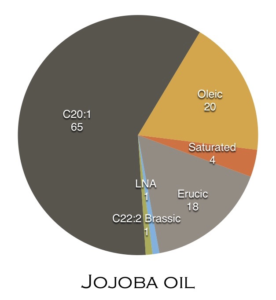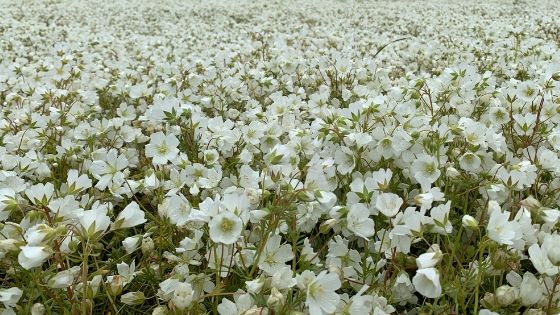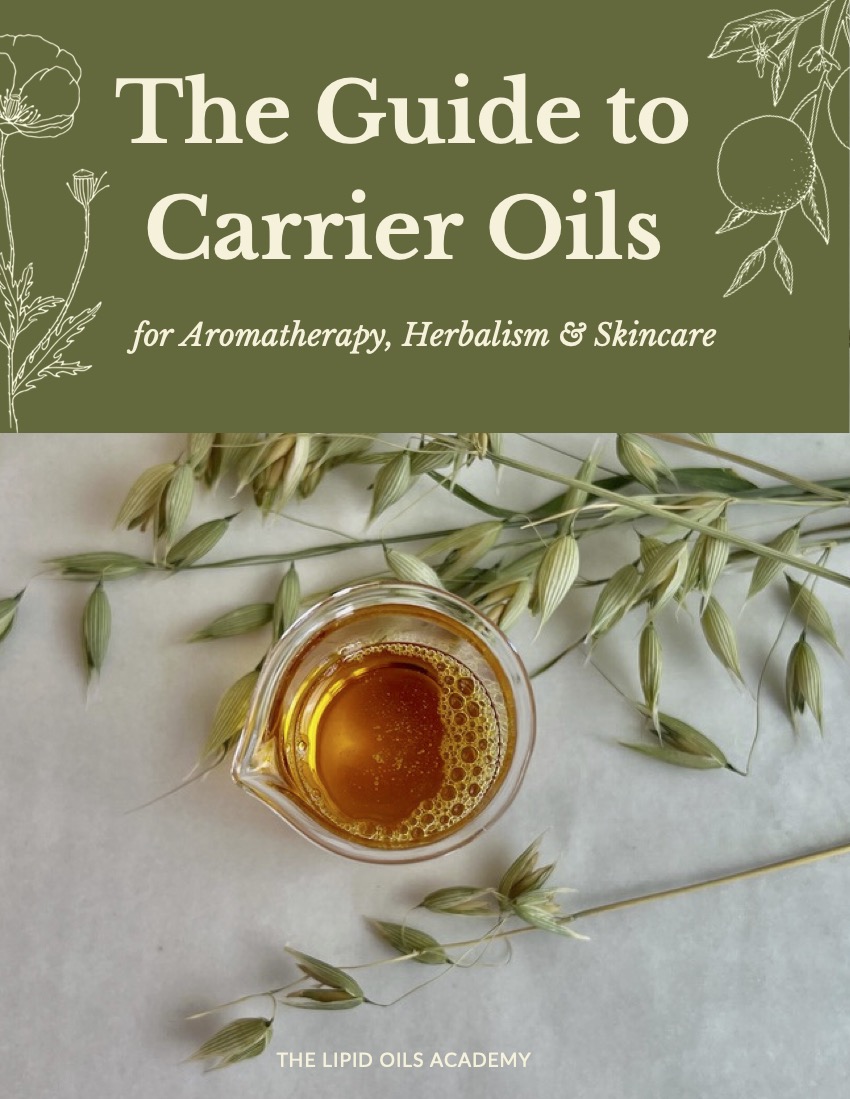Jojoba oil was originally farmed and promoted to replace the hunting of sperm whales for their oil. As Jojoba is now a trusted lipid in the beauty and skincare worlds, I thought we could look at its origins as an early voice in environmental sustainability.
The Save the Whales campaign began in the 1970’s, helped jojoba replace the unsustainable practice of harvesting sperm whales for the spermaceti that was a highly valued lipid compound. Already over-hunted, sperm whales could be spared if there was a similar plant-based source of oil that could fulfill the same properties.
Technically a wax
Sperm oil has a different chemical composition than other common whale oils obtained from rendered blubber. Most other whale oils are made up of triglycerides of common fatty acids, very similar to other animal fats as well as plant oils.
Spermaceti or sperm oil is a semi-liquid, waxy substance, technically a liquid wax. Composed of wax esters with a small proportion of triglycerides, roughly two-thirds wax esters to one-third triglycerides.
Sound familiar? “Technically a liquid wax” just like jojoba.

Wax Esters
The wax esters of Sperm whale oil has a low viscosity similar to the texture of coconut oil and retains this viscosity at high temperatures.
This was important as it resisted becoming rancid, drying chemically, becoming gummy, or corroding metals.
Sperm whale oil composed mostly of wax esters cannot be hydrogenated or used to make soap because of its wax-like composition.
In the late-18th and early-19th centuries, it was prized for use as lamp oil for its bright, odorless flame. Banned completely in 1987, sperm oil was replaced by petroleum products and jojoba oil.
Wax for Protection
Jojoba, its native growing zone, the Southwestern deserts of the US and Mexico is also composed of a liquid wax, wax esters.
The extreme climate of very dry air, little water with extremes of heat and cold produce waxes that protect the plant and allow it to thrive where other plants cannot.
Waxes are made up of the same carbon chain fatty acids as the oils but the carbon chains are bound by ester bonds rather than the glycerol molecule that make up the triglycerides of oils.
Skin and Jojoba Oil
Sebum contains around 30% wax esters, which is why the skin accepts jojoba oil readily contributing to its good reputation in skincare circles.
In addition to its status as a liquid oil, a small percentage of jojoba oil includes tannins giving it a dry feel on the skin.
Phytosterols help calm inflammatory conditions and help to maintain moisture in the skin.
Polyphenols in jojoba contribute antioxidant protective properties to help protect the skin from free radical damage.
Meadowfoam a Jojoba substitute

Meadowfoam seed oil can be a substitute for jojoba as it is made up of the same very long carbon chains, twenty carbons, and longer. And while meadowfoam is an oil made up of triglycerides, it is the very long carbon chains that make it perform in a similar way to jojoba for skincare.
In its own way, meadowfoam is a truly unusual oil as it is made up of even more of the very-long carbon chains, twenty carbons long or longer, in comparison to jojoba.
Both plant-sourced oils, sustainable and easily available, and good for the health of the skin are worth getting to know. The benefits for the environment and certainly the animal kingdom is clear.
Is jojoba oil part of your carrier oil collection? Leave a comment below



Hi Susan, Are you selling jojoba oil?
Hi Phyllis, no we are not offering jojoba oil. Just our six oils from Senegal; Baobab, Moringa, Tiger nut, watermelon, hibiscus and touloucouna. Let me know if you want any of those.